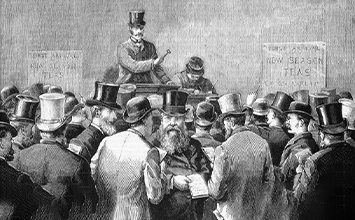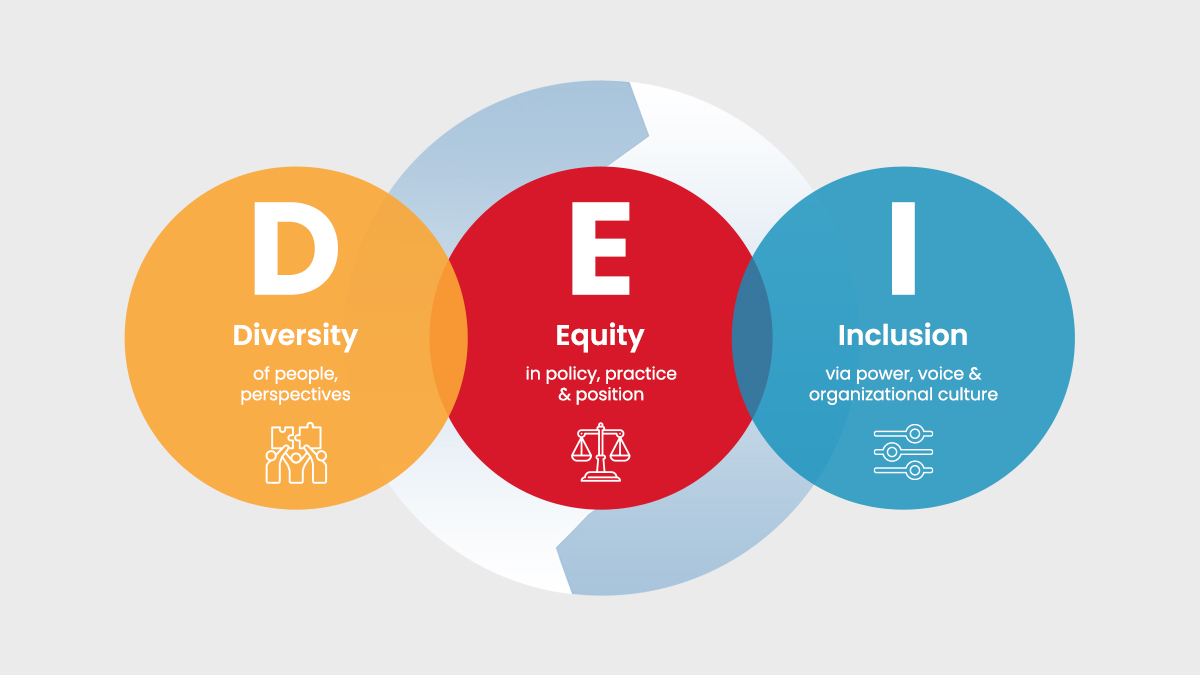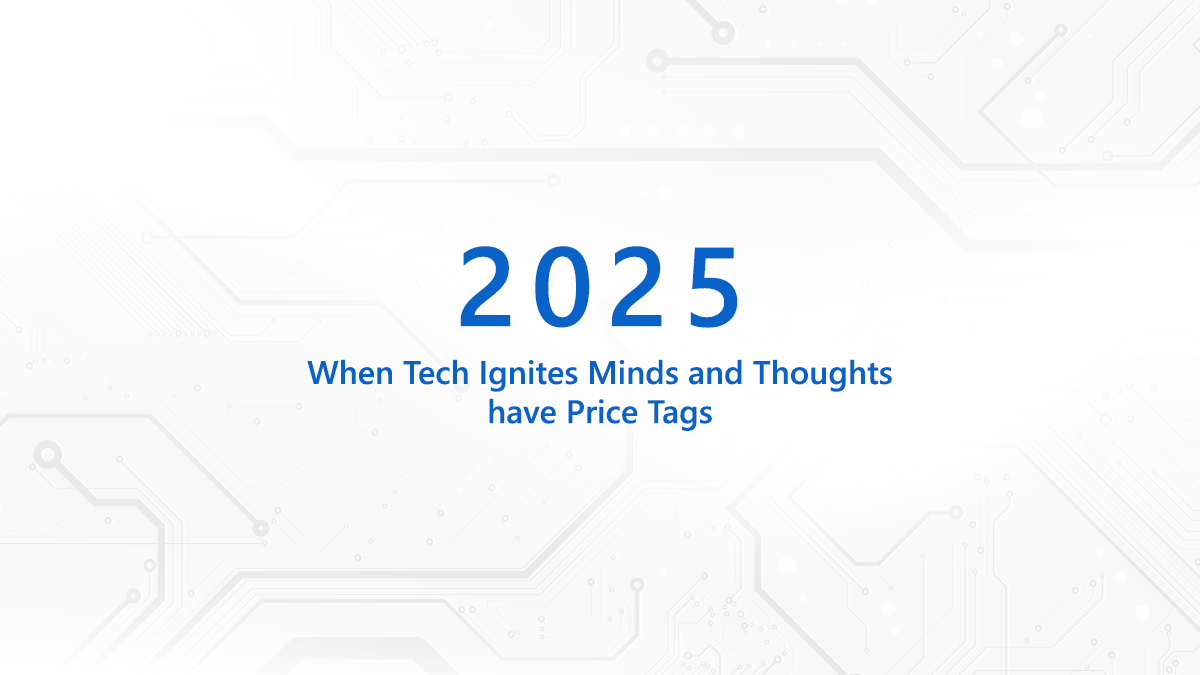
The Tea Auction Market…
Why does an Auction system work for Tea
Perishable items like Tea, Homogenous commodities like Steel and Tough-to-Price commodities like rare-earth metals are best traded via the ancient method of Auction. And the primary objective being price-discovery. Since, there is indistinguishable difference between the varieties of such commodities, a lot depends on the moods and fervor of the buyers and sellers involved. Sometimes, even a small facial expression, is instrumental in deciding the ultimate buyer which results in vitiating the market. Nevertheless it works best for Tea because of the transparency in pricing and quality.
The auction process of tea follows an Open-Outcry, Ascending-price method. Although it started in the London Tea Auction center, it was stopped because England wasn’t a tea-producing country. Rather the auction flourished in producing countries like Srilanka, Kenya, Indonesia, China and some cities in India. Also the pricing of Tea, depends immensely on the freshness, variety and quality, which is again dependent on the topography and climate. Tea happens to be the 2nd most preferred beverage after Water; the global market for which is estimated to reach 80 billion USD by 2026.
The Digital blend…
A synergy between the traditional and the digital mode of Auctioning
For trading of a commodity this huge, Tea Trade Associations become very important. The process of auctioning generally constitutes of people who are the Sellers, Warehouse keepers, Brokers and the Buyers. Often there is no love lost between these stakeholders, participating in an auction. Therefore the Trade associations play a pivotal role in arriving at a base-price to augment auction participation and bring it to closure. Amongst globally prominent tea trading bodies, the East African Tea Trade Association (EATTA) manages teas coming in from 10 different countries of east, central & Southern Africa on a single auction platform in Mombasa (Kenya). These auctions account for a trade worth US$1.3 billion dollars (about 22 per cent of Kenya’s foreign exchange). It is the source income for more than 6 million Kenyans.
With all the advantages of a physical outcry system of auctioning, there are several factors that make the transition from the traditional system to the digital system, worthwhile to adopt. In a dauntless move to bring the benefits to the stakeholders and alleviate the clashes between them, the Govt. of Kenya encouraged EATTA to adopt e-Auction system, albeit cautiously — from Pilot to Project. And what followed next is an example of historical excellence where Information Technology becomes an ‘Enabler’ and Government itself becomes the ‘disruptor’. The digital auction platform, now operational, has reduced the average tea trade cycle by 40%. Most importantly, the go-live of this platform amidst a pandemic has kick started a major revival of the East African economy.
The Perfect Concoction…
When all stakeholders play their part
EATTA leveraged public private partnerships to digitize the entire tea trade process. Imagine the power of an integrated tea trade system that brings together an ecosystem of 81 producers, 9 packers, 86 buyers and 11 brokers, into one platform! The challenge of deploying such a system lies in breaking the bureaucratic cycle involving loss of both time and money in efficiently moving a perishable commodity like tea. The challenge was also in creating value propositions for all the stakeholders, by taking their opinions and understanding the system through their bioscope. Unlike other e-systems where the ultimate users are renegaded to the status of onlookers, EATTA held extensive stakeholder consultation sessions, workshops and simulations, so that they knew the system even before it was on. This modus operandi made a success story of the e-Auction system for tea trade in Kenya.
Credit goes to the policy makers who had the chutzpah to see GovTech as an enabler, even in these COVID times. In my opinion, EATTA set an example of how public and private enterprises can align their goals to the government’s vision of making disruptions work for them. Govtech are technologies that work for Governments. Therefore these are not just automation processes but SLAs. A Service Level Agreement that needs to be specific for a workflow to be defined, but also flexible enough to accommodate the changing market mechanisms. Instead of putting the onus of acceptability of a Solution on the shoulders of the IT provider, the government is required to be cohesive in sharing the risks and working towards a symbiotic success story. Like EATTA.
The author is Priyadarshi Nanu Pany, founder & CEO of CSM Technologies. This article was originally published on his Medium profile.


























































We will verify and publish your comment soon.